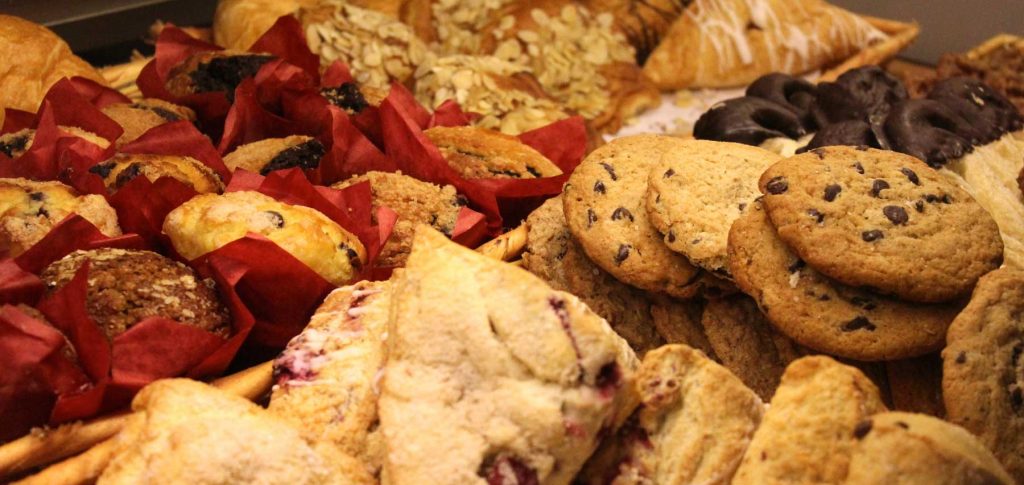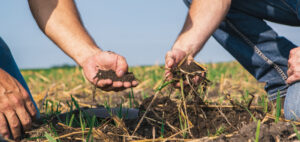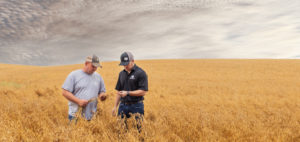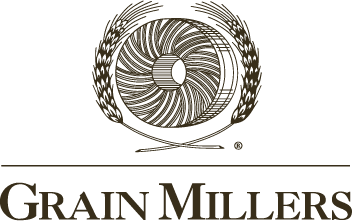Baking With High Fiber in Sweet Goods
August 29, 2018
Baking sweet goods with high fiber can be tough, but it is possible. Changes in the food scene due to mindful eating and transparency are driving bakers to make the necessary changes to add the nutritious benefits of fiber to their baked goods.
Pair this with the hot topic of the FDA’s recent work on better defining what constitutes as fiber. In June, new guidelines were announced on what can be labeled as “dietary fiber.”
However, baking with fiber won’t do any good if you can’t bake with it correctly.
How do you make high fiber sweet goods like muffins or even croissants?
Why is fiber difficult to bake with? Does it have to be?
Why do most high-fiber baked goods taste like cardboard, and how do you avoid that?
What’s the big deal with putting fiber in sweet goods anyways?
In a recent podcast with BAKERpedia, Lin Carson chats with experts who will cover these topics.
To help explain what the new fiber regulations mean for the baking industry, the economic impact, and what else is on the horizon in way of regulations, she chats with Lee Sanders, Senior Vice President, Government Relations & Public Affairs / Corporate Secretary for the American Bakers Association.
And to answer your questions about baking with fiber, Lin chats with our own Roberto Serrano, Vice President of Product Development here at Grain Millers. He’ll cover how our work with oat fiber is changing the way fiber is used in baking, from water absorption and a gelling capacity that mimics hydrocolloids, to playing a significant role in replacing fat.
Listen to the podcast below or over on BAKERpedia.
Please leave a comment if you have more questions and we’d be happy to answer.




